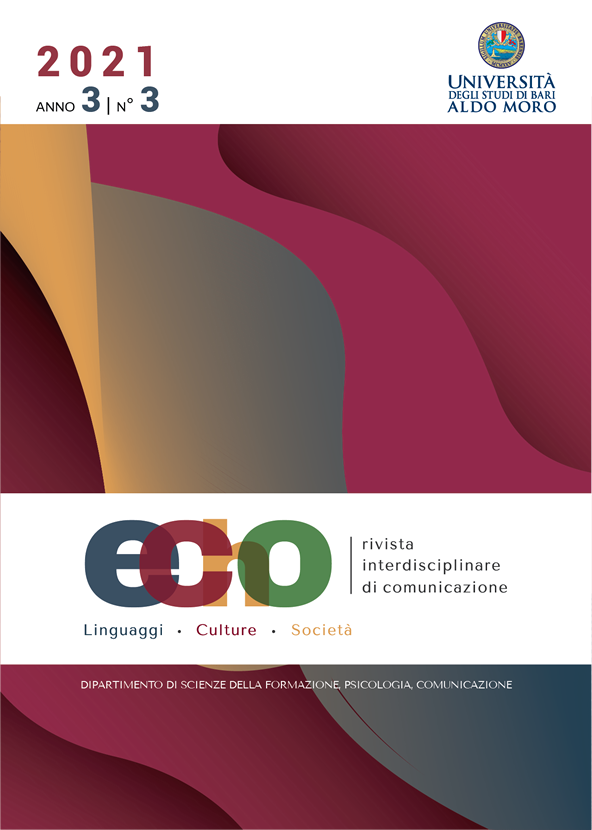Jenny e Amalia. Fotogenia e genere nell’epoca dell’autoriproducibilità virtuale
DOI:
https://doi.org/10.15162/2704-8659/1306Parole chiave:
nuovi media, studi di genere, fotografia, social network, web, new media, gender studies, photographyAbstract
Starting from the role of ‘photogenicity’ in the era of virtual self-reproduction, this paper investigates the over exposure of identity through two case studies: Jennifer Ringley, the first life caster of the network; and Amalia Ulman, a contemporary artist who questions the process of identity construction in social networks. Jenny and Amalia live in different times and spaces and they have different goals, but they both demonstrate that the exposure of the self can be conceived as systemic feedback and as a reactionary behavior. The voluntary exasperation of both production and exposure has been progressively normalized since the advent of the network. This means transgressing the rules of the patriarchal system, which sees women as objects of the gaze more than subjects who are fully aware of the political value of visibility.
Considerando il valore della fotogenicità nell'era dell'autoriproduzione virtuale, il contributo indaga la sovraesposizione dell’immagine del sé in epoca contemporanea. Il testo analizza due casi specifici: Jennifer Ringley, prima life-caster della rete e Amalia Ulman, artista contemporanea che si interroga sulle possibilità di costruzione dell'identità consentite dai social network. Jenny e Amalia vivono tempi e spazi diversi e le loro azioni sono mosse da intenzioni differenti, eppure dimostrano entrambe come l'esposizione dell’immagine di sé possa allo stesso tempo essere concepita come un feedback sistemico o come comportamento reazionario. L'esasperazione volontaria della produzione ed esposizione della propria immagine è stata via via normalizzata dall’avvento della rete. Portare all'estremo queste pratiche allora potrebbe significare trasgredire le regole di controllo di un sistema patriarcale che vede nel femminile l’oggetto di sguardi più che un soggetto consapevole del valore politico della visibilità.








